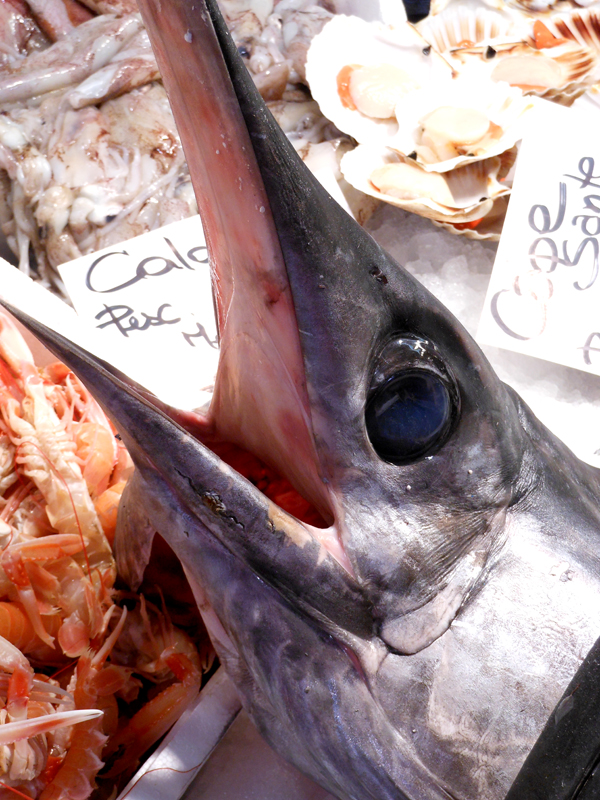| As portrayed in Shakespeare's Merchant of Venice, this is in Venice's historic Ghetto. The English word, ghetto, is borrowed from the Venetian word, ghèto, which means foundry. This isolated part of Venice was a cannon foundry before the influx of Jewish citizens, fleeing persecution. The Jews were housed in an area surrounded by water and controlled at night by heavy gates, manned by Christian guards, both protecting and segregating its inhabitants. Due to the cramped quarters, additional floors were added to the tops of the buildings, making them some of the tallest in Venice. Laws forbid building separate synagogues, so they were built on the top floors (like the wooden one in this picture) so that there should be no obstructions between the congregation and the heavens. | |


































































